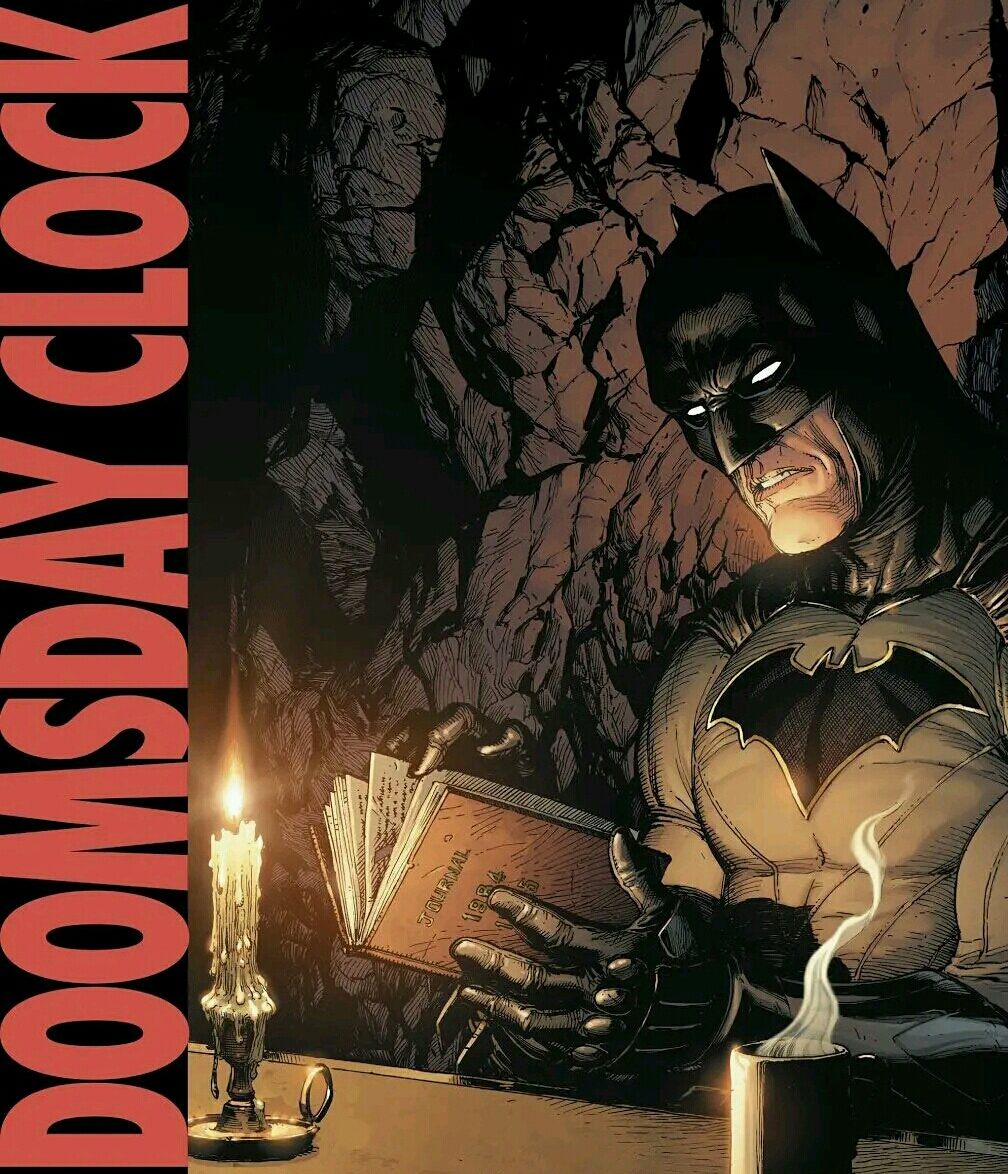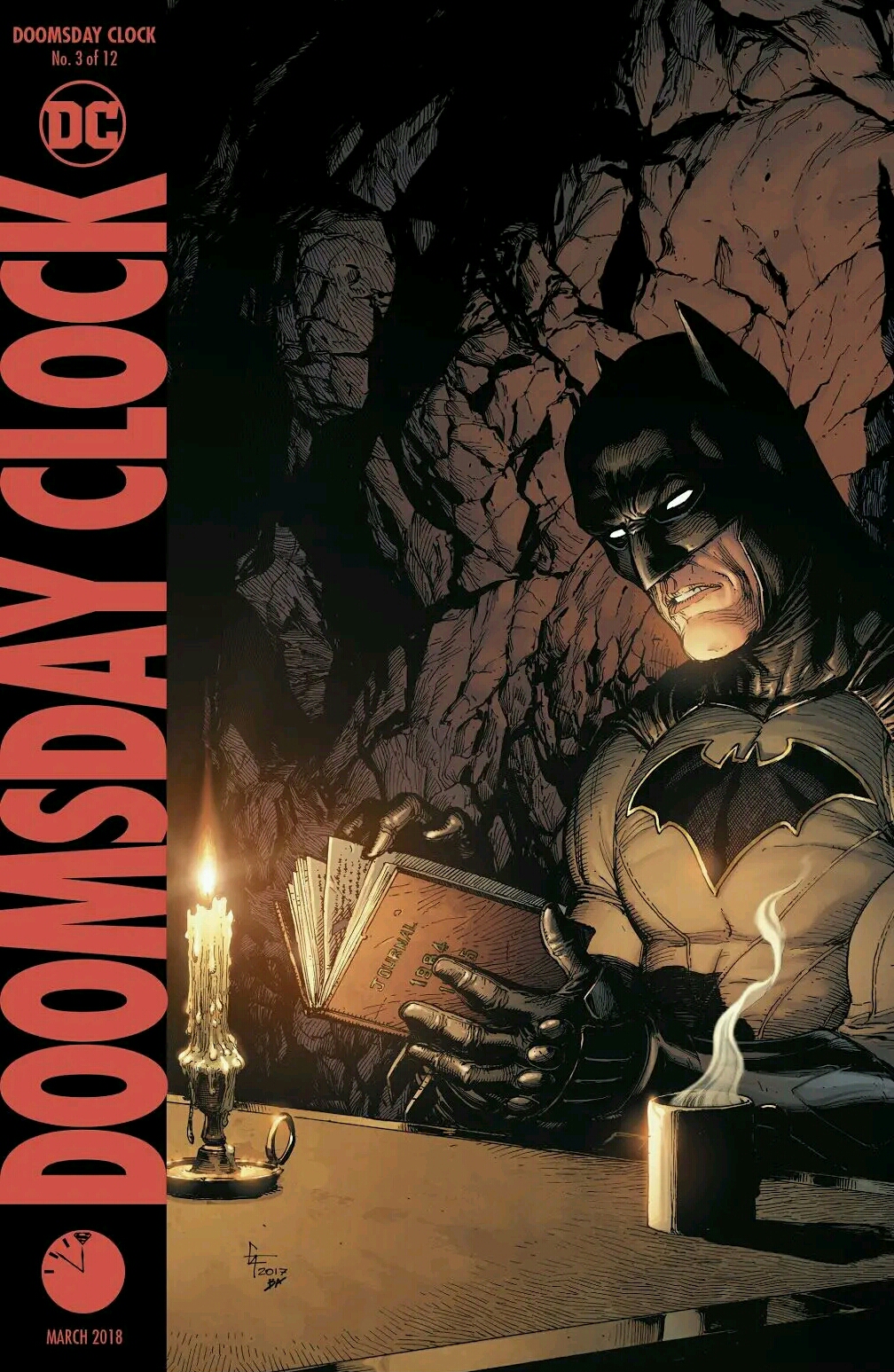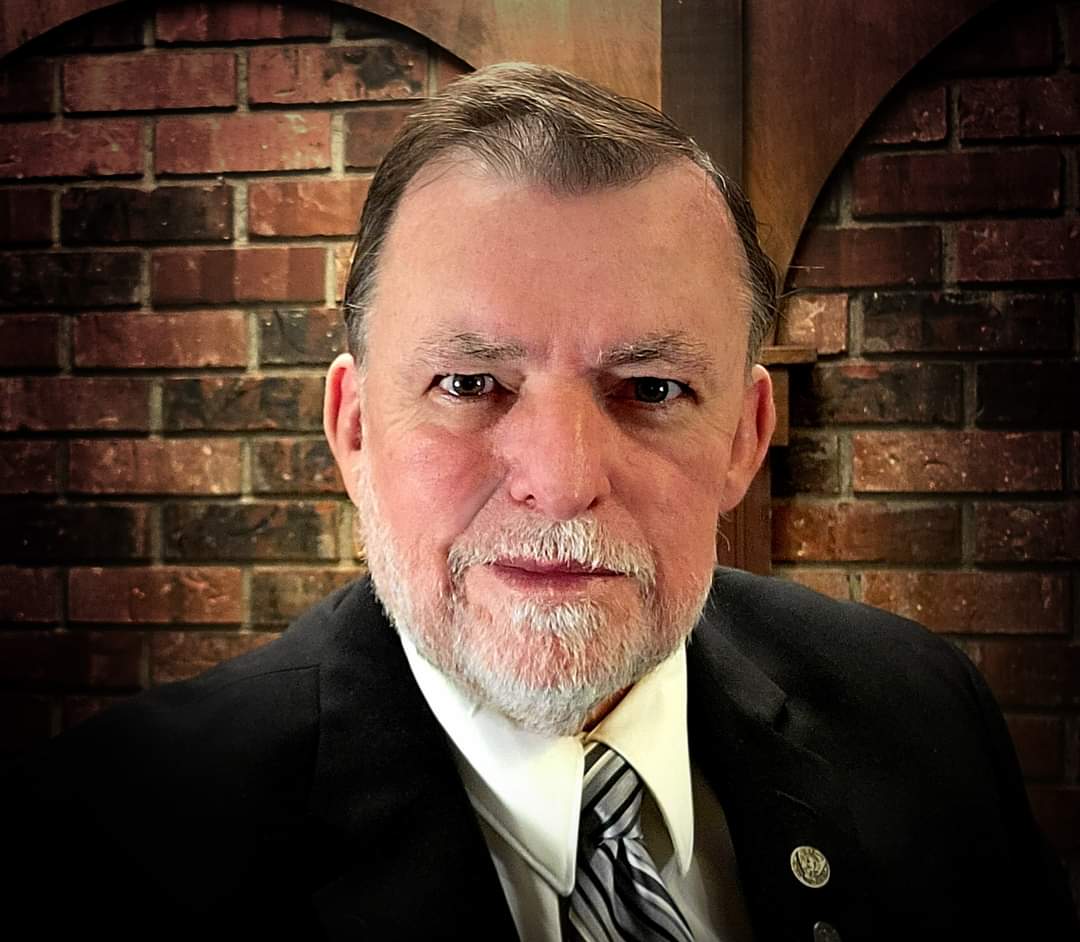What Is Doomsday Clock And The Purpose of Doomsday Clock?

What Is Doomsday Clock And The Purpose of Doomsday Clock?
What Is Doomsday Clock?
The Doomsday Clock is a symbolic representation of the likelihood of a global catastrophe, such as nuclear war or climate change. It is maintained by the Bulletin of the Atomic Scientists, and the time on the clock is adjusted periodically based on global events and the perceived threat level. As of January 2021, the clock is set at 100 seconds to midnight, the closest it has ever been to a global catastrophe.
The Doomsday Clock was first created in 1947 by the Bulletin of the Atomic Scientists, a group of scientists and experts who had worked on the Manhattan Project during World War II. The clock was intended to serve as a visual representation of the threat of nuclear war, and the time on the clock was initially set at seven minutes to midnight. Since then, the clock has been adjusted several times, with the time being moved closer or further away from midnight depending on the perceived threat level.

Factors that are considered when adjusting the clock include the status of nuclear weapons and other weapons of mass destruction, the state of international relations, and the threat of climate change and other global issues. In recent years, the clock has been set increasingly close to midnight, reflecting growing concerns about nuclear war, climate change, and other global threats. The closest it was to midnight was in 1953, when the clock was set at 2 minutes to midnight due to the hydrogen bomb test.
The Doomsday Clock is a symbolic representation of the threat of global catastrophe, and it is intended to serve as a reminder of the urgent need for action on a wide range of global issues. In addition to adjusting the clock’s time, the Bulletin of the Atomic Scientists also issue statements and reports that provide more detailed information on the factors that are considered when adjusting the clock.
The Clock reflects the judgment of the Bulletin of the Atomic Scientists’ Science and Security Board on how close the world is to catastrophe in a number of existential threat areas: nuclear weapons, climate change, biotechnology, and cyber technology.
The Bulletin’s Science and Security Board, which includes experts in the fields of nuclear weapons, climate change, and other global issues, is responsible for deciding when to adjust the clock. The Board meets regularly to discuss global events and assess the threat level, and they make a decision to adjust the clock based on their collective judgement. The Bulletin also invites public comment and holds public events to discuss the clock and its implications.
The Doomsday Clock is not a prediction of when a global catastrophe will occur, but it is a call to action for governments, organizations, and individuals to take steps to reduce the threat of global catastrophe.
The Doomsday Clock is a reminder that the future of humanity is not determined and that actions can be taken to reduce the risk of global catastrophe. The Bulletin of the Atomic Scientists uses the clock as a tool to educate the public about the dangers of nuclear war, climate change, and other global threats, and to encourage action to address these issues.
Many experts and organizations have supported the Doomsday Clock as an effective tool for raising awareness about global threats. The clock has been featured in media outlets around the world and has been the subject of numerous books, articles, and documentaries.
The Bulletin of the Atomic Scientists also works to promote disarmament and arms control, to reduce the threat of nuclear war and to prevent the proliferation of nuclear weapons. They also work to promote action on climate change, to reduce the risk of global warming and other environmental threats.
The Doomsday Clock is also used as an educational tool, to teach about the history of nuclear weapons and arms control, as well as the dangers of nuclear war and the importance of taking action to reduce the risk of global catastrophe. It is also used to raise awareness about the importance of science, technology, and public policy in addressing global issues.
Ken Umphrey has this to say about the doomsday clock trend:

What Is Doomsday Clock And The Purpose of Doomsday Clock?
So they adjusted the Doomsday Clock – we’re now 90 seconds to Midnight. Closer to Nuclear War than ever.
So they say.
I heard the report on the radio and thought – i ought to go buy all the water and toilet paper – but then it occurred to me.
Who runs that clock? A group nuclear physicists. Do they have meetings? And where? Where does the art on their walls look like? Pollock?
What does that meeting look like?
A group of white-lab coat donning, pocket protector wearing, black frame glasses glad fellers in a room. One has marinara stains on his other-wise sparkling, if a little wrinkled, coat, but the others are too polite to say anything. That, or they’re used to Jacobson looking that way. They know his coats have never looked as good since his wife left him for that guy in Maryland.
I assume there are no women in the group – women have no need of a clock threat – they have ‘the look’, the glance that informs all upon whom it falls that they’d better shape up.
But I started considering – if you were one of the guys charged with keeping that clock ‘accurate’ – wouldn’t you feel some sort of obligation to arbitrarily change it from time to time – if only to make people think that the clock actually served a purpose, and by extension that THEY are necessary, and worthy of whatever payment they receive. (I wonder if they have team jackets – “Team Doomsday”? Black satin. Embroidery of a nuclear bomb exploding. Each one emblazoned with their own name and the alphabet soup that must surely follow their names,
Doomsday Clock. Why don’t they give it a happier name?
The last time I saw Pink Floyd, I made a countdown with how many days remaining till the concert. On the day of the concert, above the number it included the Bobby Bare lyric ‘hide your dishes and your daughters, anything that might get broke’.
That seems like a better method than ‘Doomsday’. Why not call it ‘No More Mortgages” Clock. I can only assume during a nuclear apocalypses, that house payments will be of low priority.
I would think that the worse part of being under nuclear attack, would not being at the epicenter? All that would remain is your shadow burned on to the ruins. I hope I’m making shadow puppets when my shadow is engraved. SInce the only one I can do is a Rabbit – survivors will think I was trying to warn them of the culprit responsible, Tim the Rabbit. Although he is better known for his sharp, pointy teeth, whose to say e doesn’t have some nukes stashed away in the Castle of Aaarrrggg?
What Is Doomsday Clock And The Purpose of Doomsday Clock?
The Purpose of Doomsday Clock
The Doomsday Clock is a symbolic representation of the likelihood of a global catastrophe, such as nuclear war or climate change. It is maintained by the Bulletin of the Atomic Scientists and is updated annually based on the organization’s assessment of the current state of global security. The clock’s purpose is to serve as a reminder of the ongoing threat of catastrophic events and to encourage action to reduce that threat. The closer the clock is to midnight, the greater the perceived threat of a catastrophe. The clock was first set in 1947 and has been adjusted 23 times since then, with the most recent adjustment being in 2020, where it was set at 100 seconds to midnight, the closest it has ever been.
The Doomsday Clock serves as a reminder of the constant threat of global catastrophe and the urgency of addressing these threats. The clock is a visual representation of the current level of risk and is meant to provide a sense of urgency for the need to take action. The clock is not a prediction of when a catastrophic event will occur, but rather an indication of how close humanity is to such an event.
The Bulletin of the Atomic Scientists, who maintain the clock, consider a range of factors when setting the time on the clock. These include the threat of nuclear war, climate change, biotechnology, and emerging technologies. The organization’s scientists and experts evaluate the current state of the world and make a determination of how close humanity is to catastrophe.
The Doomsday Clock is widely recognized and respected as a symbol of the threat of global catastrophe. It is used by governments, academics, and media outlets around the world to raise awareness about the need for action to address these threats. The clock is a powerful reminder that the world is not static, and that the actions of individuals and nations can make a significant difference in the course of human events.
The Doomsday Clock has become an important symbol of the existential risks facing humanity, and it has helped to raise awareness about these issues and the need for action to address them. The clock is often used to highlight the urgency of addressing issues such as nuclear war, climate change, and emerging technologies.
For example, in recent years the clock has been set close to midnight due to the increasing threat of nuclear war, particularly in light of the rising tensions between major nuclear powers. The clock has also been set close to midnight due to the potential catastrophic effects of climate change, which poses a significant risk to the planet and all life on it.
The Doomsday Clock also serves as a reminder that the world is a complex and interconnected place, and that the actions of individuals and nations can have far-reaching consequences. It is a call to action for individuals and governments to work together to address the existential risks facing humanity.
The clock also serves as a reminder that the future is uncertain, and that it is possible to change the course of history for the better. It is a call for individuals and governments to take responsibility for their actions and to work towards a more peaceful, sustainable and safe world.
The Doomsday Clock also serves as a call to action for individuals, organizations, and governments to take responsibility and work together to address the pressing issues that threaten humanity’s survival.
The clock’s purpose is not to predict the exact timing of a catastrophe, but rather to raise awareness about the urgent need for action to prevent one. The clock is used as a tool to bring attention to the most pressing issues of our time, and to inspire individuals and governments to take action to reduce the risk of catastrophe.
The clock has also been used to highlight the importance of science and technology in shaping the future. The clock is a reminder that science and technology can be used to benefit humanity, but also that they can be used to create new risks, and that we must be aware of these risks and take steps to mitigate them.
In summary, the Doomsday Clock is an important symbol that raises awareness about the existential risks facing humanity, and serves as a call to action for individuals, organizations, and governments to take responsibility and work together to address these issues. The clock is a reminder of the ongoing threat of catastrophic events, and the need for action to reduce that threat.
The Doomsday Clock is not a prediction of the end of the world, but a warning of the dangers that threaten the world, and a call to action to address them.
SEE ALSO : 9 SOCIAL MEDIA APPS THAT PAY YOU FOR YOUR CONTENT
Hope this post on What Is Doomsday Clock And The Purpose of Doomsday Clock helps?
Comments are closed.